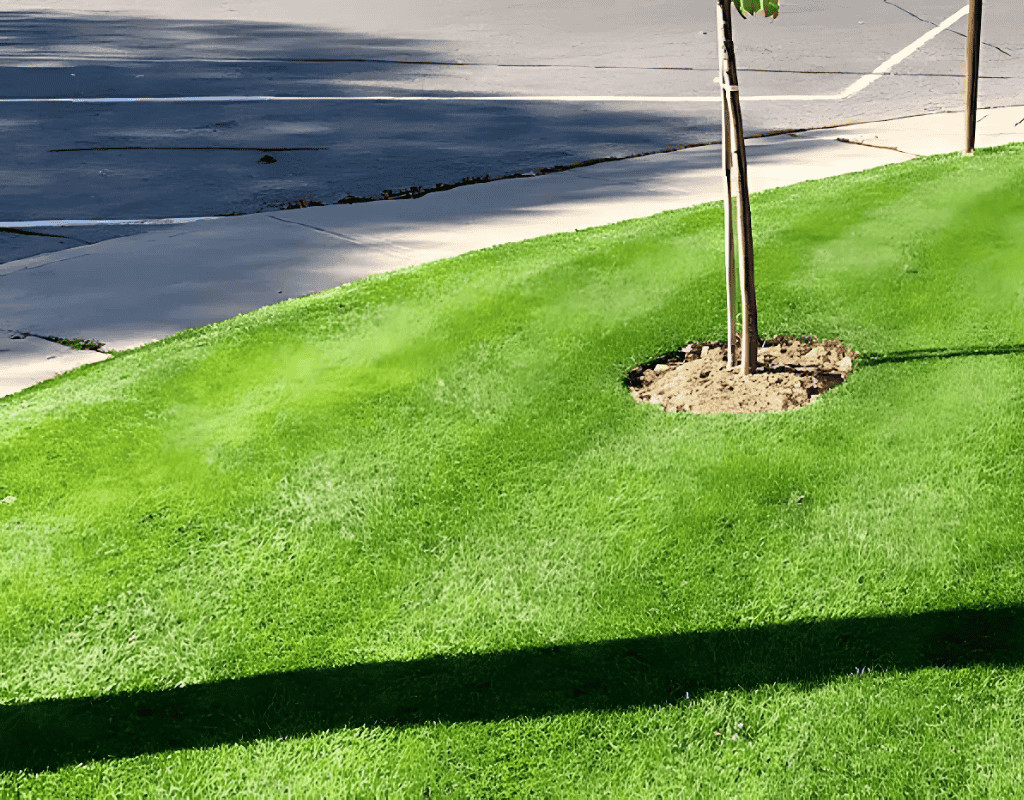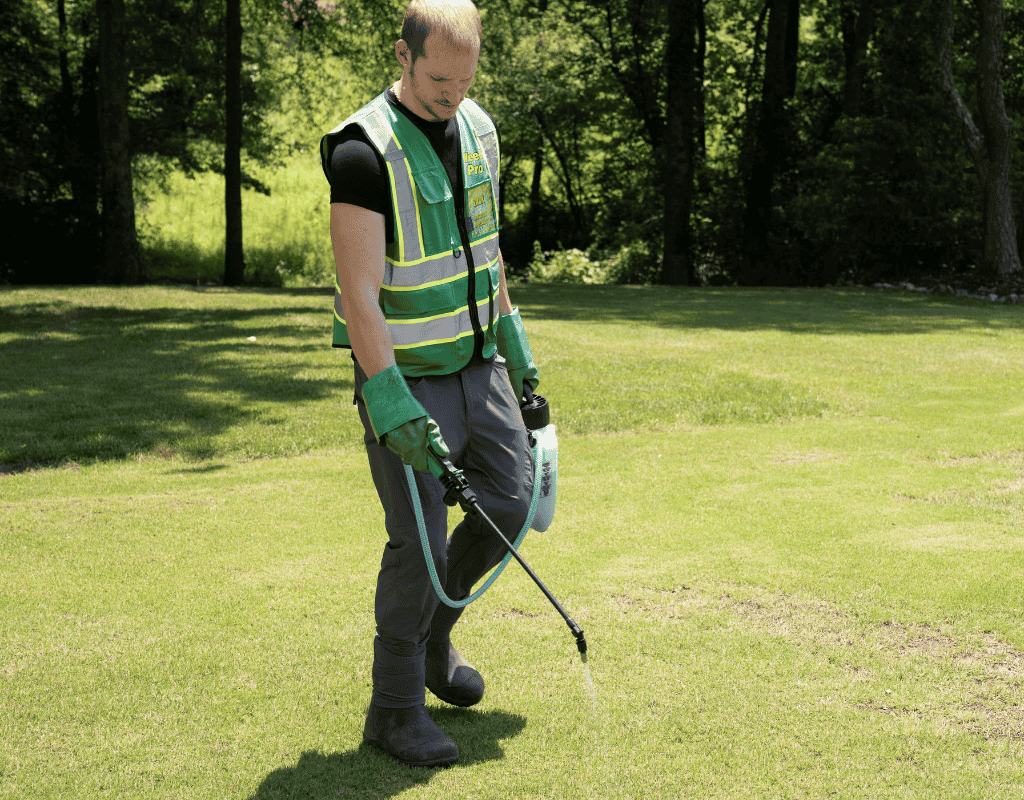Frequently Asked Questions
Why aerate your lawn in Cumming?
Aerating your lawn in Cumming is important to improve soil oxygen levels, enhance water and nutrient absorption, and promote healthy grass growth, especially during the peak growing season.
Can DIY lawn aeration Cumming?
DIY lawn aeration in Cumming can be challenging and may not provide the same level of expertise and effectiveness as professional lawn aeration services offered by Weed Pro Lawn Care.
How often repeat lawn aeration Cumming?
The recommended frequency for lawn aeration in Cumming is typically once a year, typically in the fall season, to help improve soil compaction and promote a healthier lawn.
When aerate lawn Cumming?
The best time to aerate your lawn in Cumming, GA is during the active growing season, typically in the spring or fall, to improve soil health and promote grass growth.
Who does lawn aeration Cumming?
Weed Pro Lawn Care provides professional lawn aeration services in Cumming, GA, to help improve soil and grass health.
What benefits lawn aeration Cumming?
Lawn aeration in Cumming provides several benefits, including improved soil oxygen circulation, better water and nutrient absorption, reduced soil compaction, and enhanced grass growth and overall lawn health.
Is lawn aeration Cumming necessary?
Lawn aeration in Cumming is necessary to improve soil oxygen levels, promote deeper root growth, and enhance the overall health and appearance of your lawn.
Why weed control Cumming?
Weed control in Cumming, GA is important to maintain a healthy, lush lawn. Professional weed control services can effectively eliminate weeds, preventing them from spreading and damaging your grass.
What time of year is best for aeration?
The best time of year for lawn aeration is typically in the fall, when the grass is actively growing and can recover quickly from the process.
How does aeration improve lawn health?
Aeration improves lawn health by creating small holes in the soil that allow air, water, and nutrients to penetrate the roots, promoting deeper root growth and reducing soil compaction.
What are signs your lawn needs aeration?
Signs your lawn needs aeration include compacted soil, thatch buildup, poor drainage, and sparse, yellowing grass. Aerating the lawn can help improve soil oxygen levels and water absorption.
Can aeration help with compacted soil?
Aeration can help with compacted soil by creating small holes or channels in the ground, allowing air, water, and nutrients to penetrate the soil more effectively, improving soil structure and promoting healthy grass growth.
How deep should lawn aeration penetrate?
Lawn aeration should penetrate 2-4 inches deep to effectively loosen compacted soil and improve water and nutrient absorption for a healthier lawn.
What is the cost of lawn aeration?
The cost of lawn aeration can vary depending on the size of the lawn, location, and the company providing the service. Typical costs range from $75 to $200 for a standard-sized residential lawn.
How long does lawn aeration take?
The time it takes to aerate a lawn can vary depending on the size of the lawn, but typically it takes between 1-2 hours for a standard-sized residential lawn.
What is the ideal moisture level for aeration?
The ideal moisture level for aeration is when the soil is moist but not waterlogged. This allows the aeration process to effectively loosen compacted soil and improve air and water flow.
Can aeration reduce lawn thatch buildup?
Aeration can help reduce lawn thatch buildup by creating holes in the soil that allow air, water, and nutrients to penetrate the roots, promoting better decomposition of organic matter and preventing thatch accumulation.
What are common mistakes in lawn aeration?
Common mistakes in lawn aeration include not aerating at the right time of year, using the wrong type of aeration equipment, and not aerating deeply enough to reach the soil compaction.
What is the difference between aeration and overseeding?
Aeration involves creating small holes in the lawn to improve air and water flow, while overseeding is the process of spreading grass seed over an existing lawn to fill in bare spots and promote thicker growth.
How does aeration affect lawn drainage?
Aeration helps improve lawn drainage by creating small holes in the soil that allow air, water, and nutrients to better penetrate the root zone, reducing soil compaction and improving overall drainage.
What type of aerator is best for lawns?
The best type of aerator for lawns is typically a core aerator, which removes small plugs of soil from the lawn to improve air, water, and nutrient infiltration into the soil.
How often should I aerate my lawn?
Lawns should be aerated every 1-2 years to improve soil compaction, nutrient absorption, and overall lawn health.
What are the benefits of core aeration?
The benefits of core aeration include improved soil oxygen exchange, enhanced water and nutrient absorption, and reduced soil compaction, leading to a healthier, greener lawn.
Can lawn aeration be done in fall?
Lawn aeration can be done in the fall. Aerating your lawn during the fall season helps improve soil oxygen levels, water absorption, and nutrient uptake, preparing your lawn for the upcoming winter.
How to choose a lawn care service?
When choosing a lawn care service, consider their expertise, services offered, customer reviews, and pricing to find a reliable provider that meets your lawn's needs.
What is the process of lawn aeration?
Lawn aeration is the process of perforating the soil with small holes to allow air, water, and nutrients to reach the grass roots, improving the overall health and appearance of the lawn.
How does aeration impact lawn fertilization?
Aeration helps lawn fertilization by improving soil penetration and allowing nutrients to reach the grass roots more effectively, leading to a healthier, more vibrant lawn.
What should I do after aerating my lawn?
After aerating your lawn, it's important to overseed the bare spots, apply a layer of compost or topsoil, and water the lawn thoroughly to encourage new grass growth and improve soil health.

